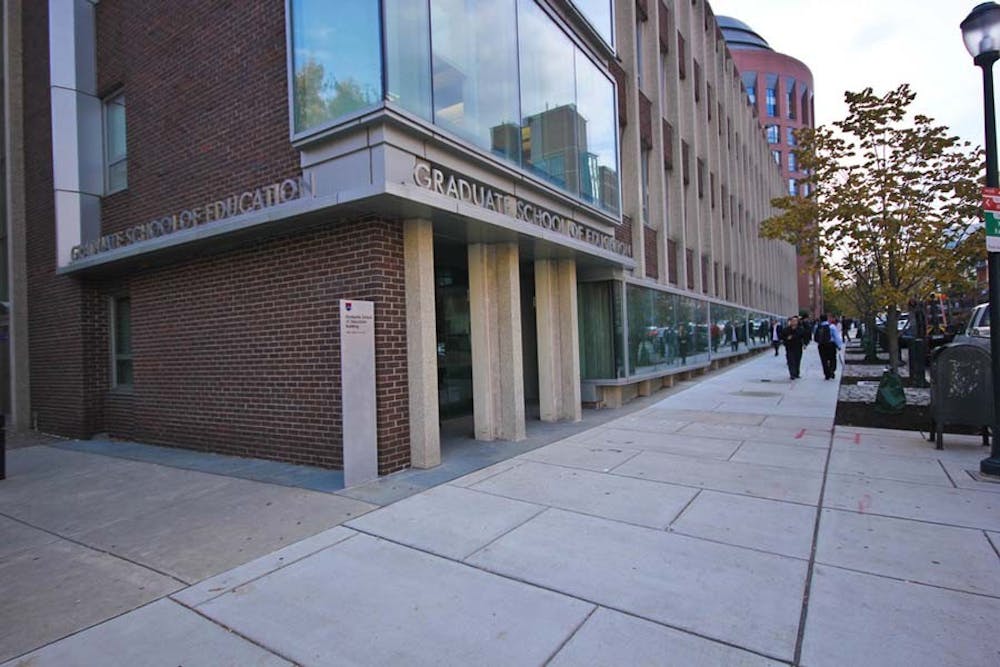
A report issued by two Graduate School of Education professors indicates that there is hope for Philadelphia schools, since they spend less per student yet perform as well as comparable schools.
A report released Wednesday by the Graduate School of Education might signal a hopeful future for Philadelphia’s schools.
The study, by professors Matthew Steinberg and Rand Quinn, shows that Philadelphia schools are doing more with less.
“On average, Philadelphia is spending less per pupil by about $2,000 than [comparable] districts,” Steinberg said. “Philadelphia is performing at least as well, if not better.”
Compared to similar schools in Pennsylvania, Philadelphia schools have a large adequacy gap, a number which quantifies the difference between state-calculated per-pupil cost and the actual amount of money spent.
The findings were based on data from the 2009-2010 school year.
The expected cost of education generated by the Pennsylvania legislature in 2006 provides “the base cost per pupil to provide an adequate level of education,” Steinberg said.
Related: ICYMI: How the school system is falling apart
The study, which adjusted for factors such as the cost of living, special education costs and other costs unique to the city, found that Philadelphia schools require $16,895 per student, according to the adequacy targets.
However, the school district only spent $11,471 per pupil during the 2009-2010 school year — an adequacy gap of $5,424. This adequacy gap is four times the size of the other 24 poorest school districts in the state, according to the study’s press release.
Even though the district spent more than $5,000 less than what had been deemed necessary for an adequate education, Philadelphia students scored higher on the Pennsylvanian System of School Assessment than many peer districts.
Related: Guest Column | Penn can save Philly’s schools
“The findings are promising,” Steinberg said. “It’s a district of possibility. It appears to be doing more with less compared to peer districts.”
Still, Steinberg admits that the adequacy gap could be problematic.
“We believe that adequate resources are necessary so that all of Philadelphia’s students can be successful,” he said, adding that about half of the students still were not graded as “advanced” or “proficient” on the PSSA exam for 2009-2010.
In the future, he hopes that research could be done to investigate exactly how resources are being invested in students’ educations.
“More research needs to be done to really uncover how these districts … use their resources,” he said.
The Daily Pennsylvanian is an independent, student-run newspaper. Please consider making a donation to support the coverage that shapes the University. Your generosity ensures a future of strong journalism at Penn.
DonatePlease note All comments are eligible for publication in The Daily Pennsylvanian.





